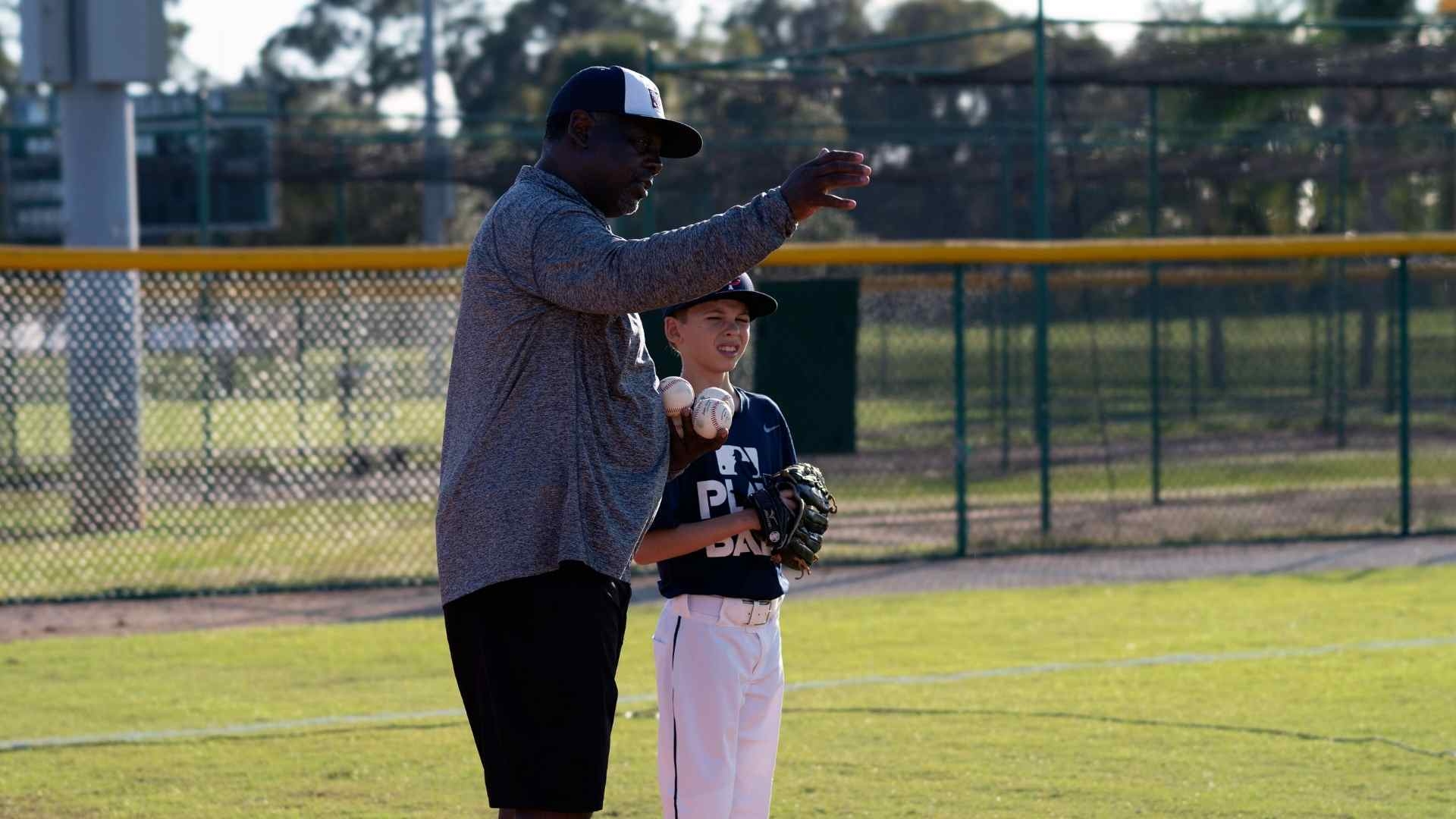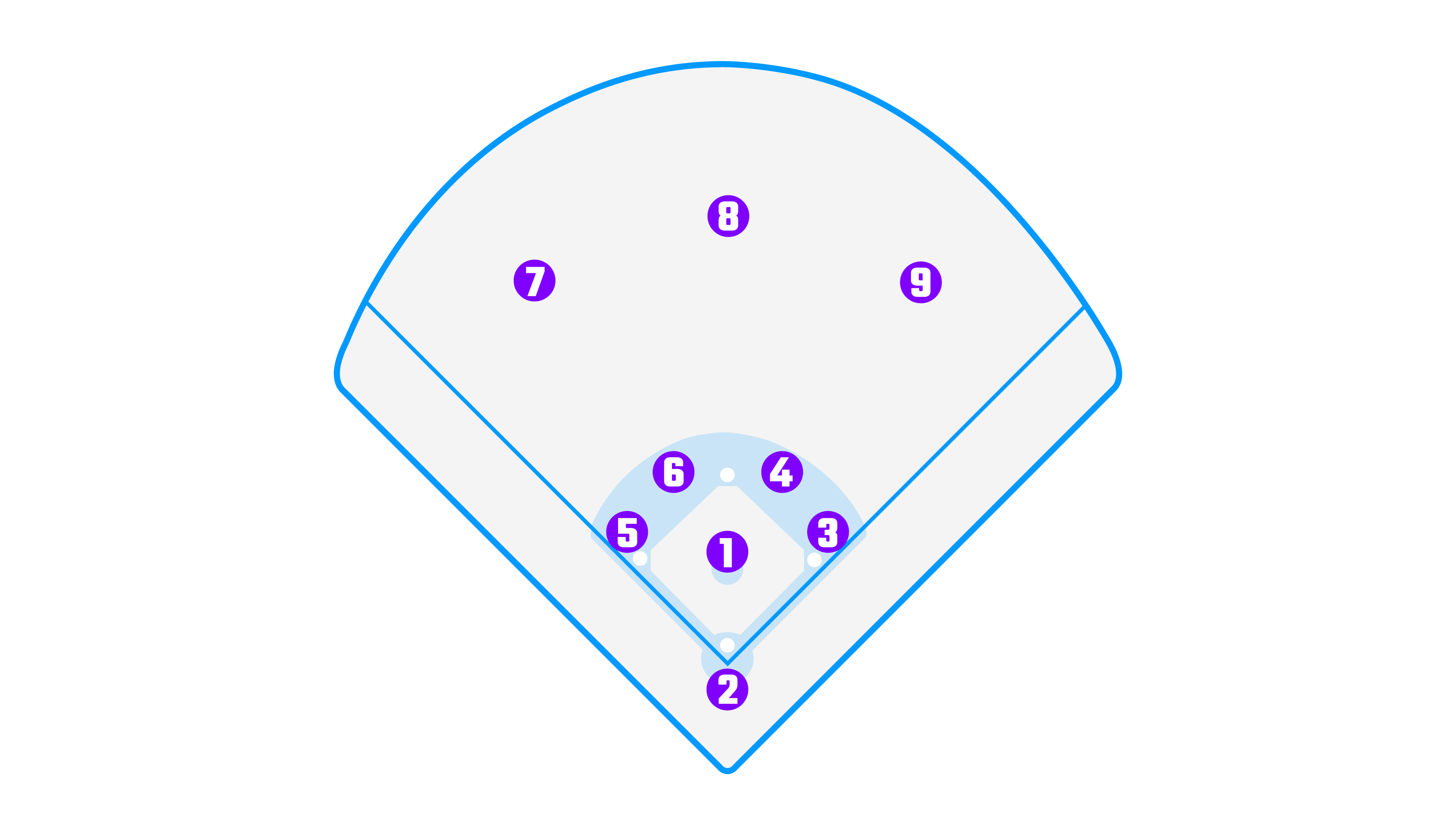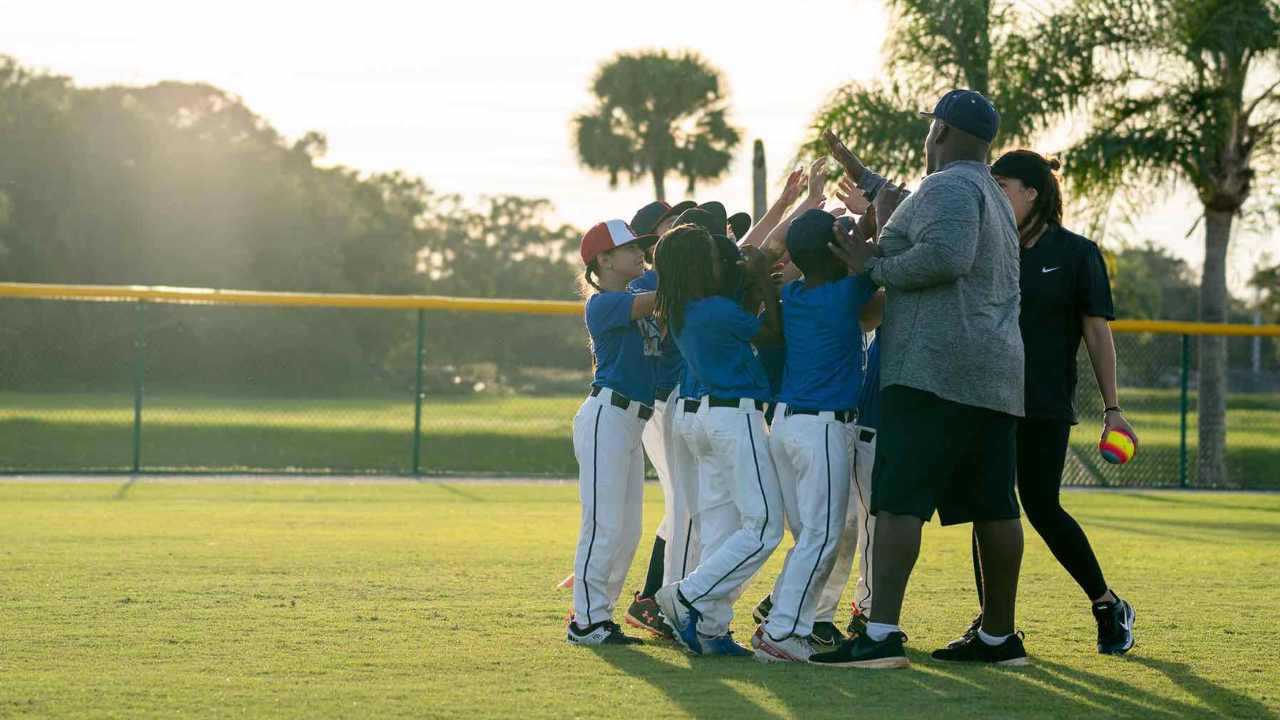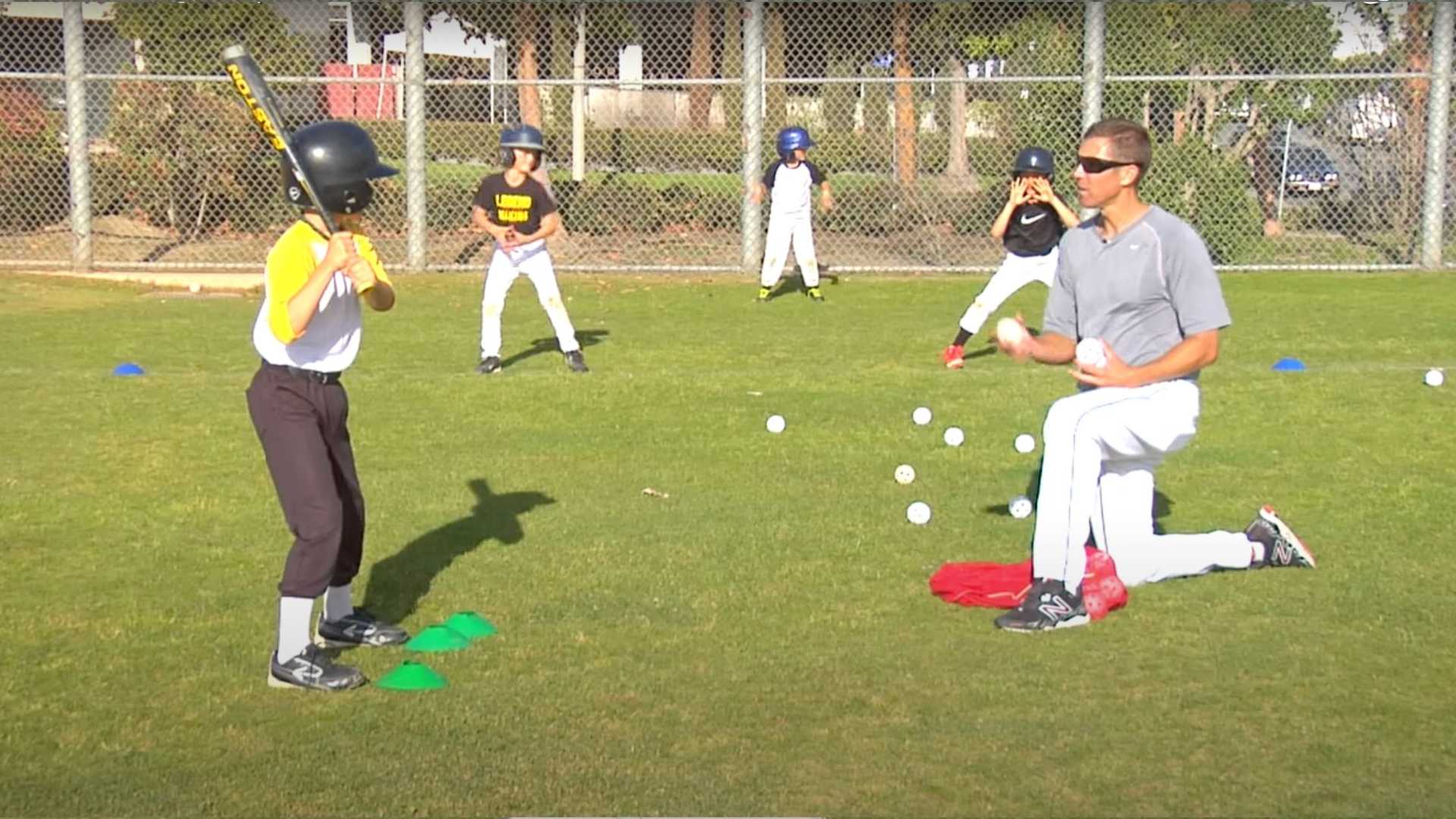Baseball Positions — Explained
Learn your way around the diamond
Keren Gudeman
| 3 min read

Every position in baseball has unique responsibilities and locations on the field — and youth players should be given a chance to try them all. MOJO asked baseball coach Ken Willis, former Division I baseball player and owner of the Willis Sports Association RBI, in Vero Beach, Florida for tips to teach positions to new players (and new coaches).
Start simple
Coach Willis teaches positions by walking around the field with players, and repeating this until they know each position by name and location. He’s found that players younger than 7 often don’t know the bases yet, so coaches should know, and expect, to explain where each base is as well.
Each position in baseball has a number from 1 through 9 associated with it — but most young players (and plenty of adults) don’t know them by heart. Willis suggests holding off on teaching position numbers until players have a clear grasp on each position name.

Baseball positions, by the number
#1: Pitcher (P)
Pitchers need to be good under pressure, understand the rules of the game, and have a good feel for the ball. At the highest levels, pitchers are physically tall, flexible and explosive. For youth players, however, it’s important not to only look at body type, and instead to give players the chance to try this key defensive position.
#2: Catcher (C)
Like pitchers, catchers play a leadership role on the team and need to have an excellent feel for the ball. Catchers need to be strong, flexible and willing to take a bit of physical discomfort. Because it is such a unique leadership position, it’s important to let kids try it out and see who’s willing to take the heat.
The infield
#3: 1st base (1B)
Positioned just off of first base, these players have quick reflexes and need to be able to concentrate, given how often they are involved in defensive plays.
#4: 2nd base (2B)
Second basemen stand between the 2nd and 1st bases, and are typically great defensive players with quick hands and feet. They need to also be able to relay a ball from the outfield to the catcher.
#5: 3rd base (3B)
Third baseman stand near the 3rd base, have good reflexes, and can catch fly balls, as they are often the closest defensive player to the batter.
#6: Shortstop (SS)
Shortstops, located between the 2nd and 3rd base, are often the most athletic and versatile players on the field. They are the multi-skilled players who can react quickly and know the game well.
The outfield
#7: Left field (LF)
#8: Center field (CF)
#9: Right field (RF)
Outfielders, or players farthest from the batter, need to have a strong arm and an ability to cover ground. It’s big out there! Center fielders, at the higher levels, require speed and athleticism. For all of the outfielders, reading fly balls and fielding ground balls are a must.
As Coach Willis recommends, the more reps the better, even before you bring out any equipment. Through this process of teaching and trying out positions across the field, players will develop an understanding of the game. And as players grow, a coach can help players specialize and hone their skills for each position.




